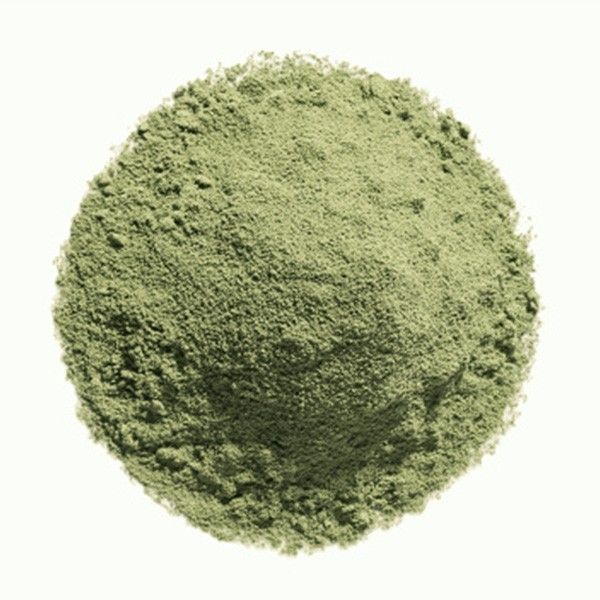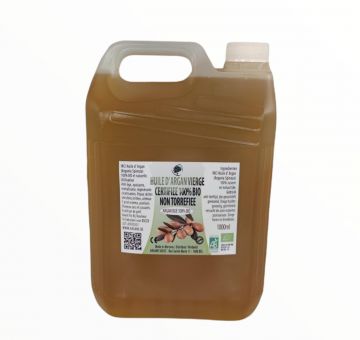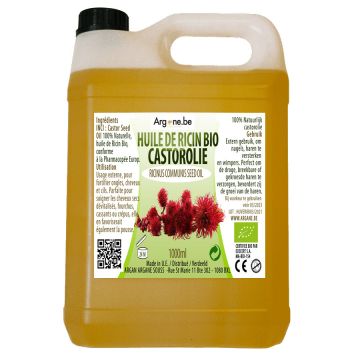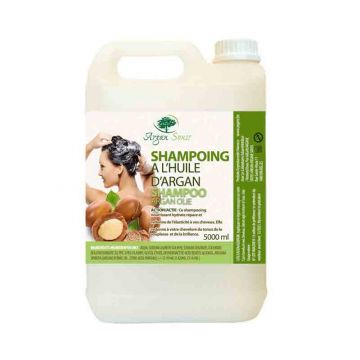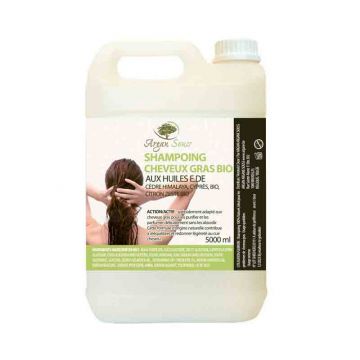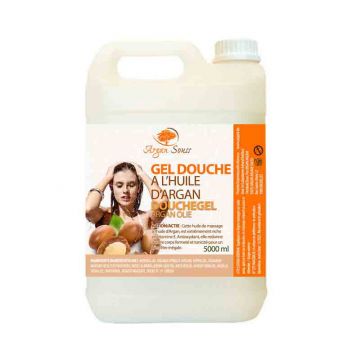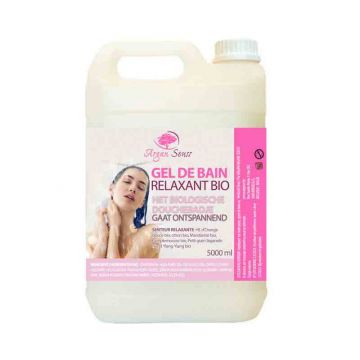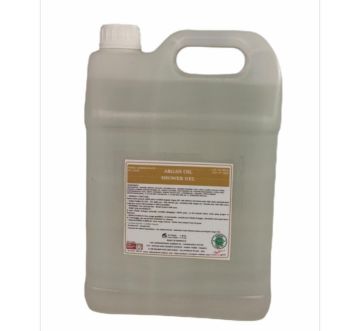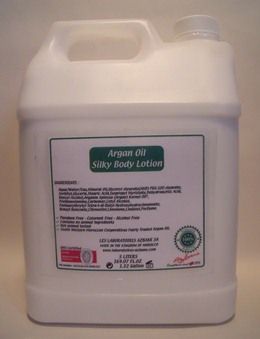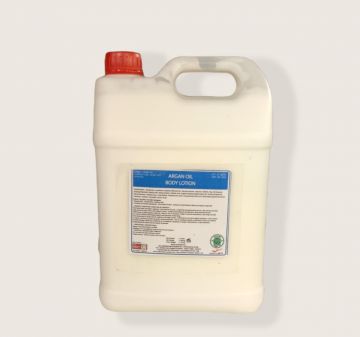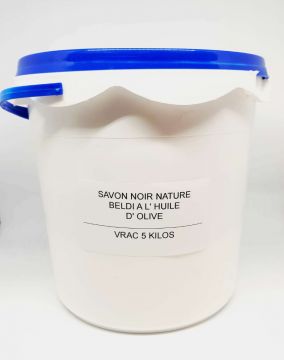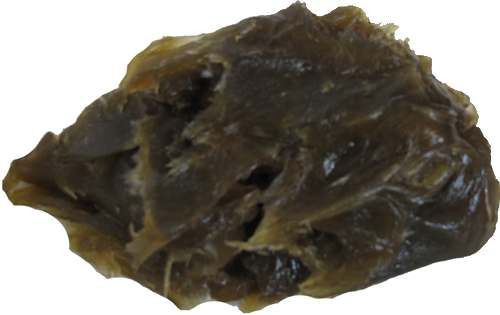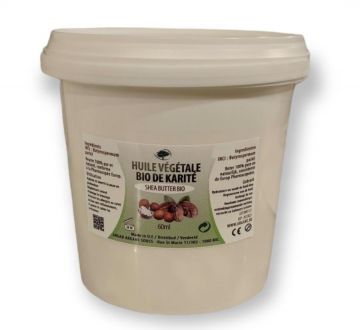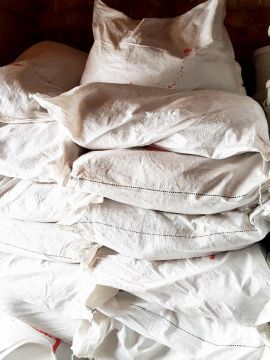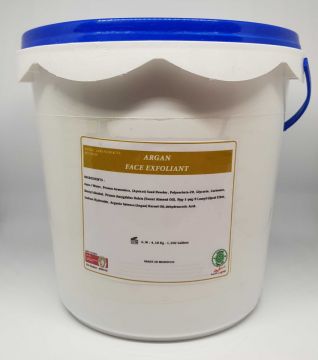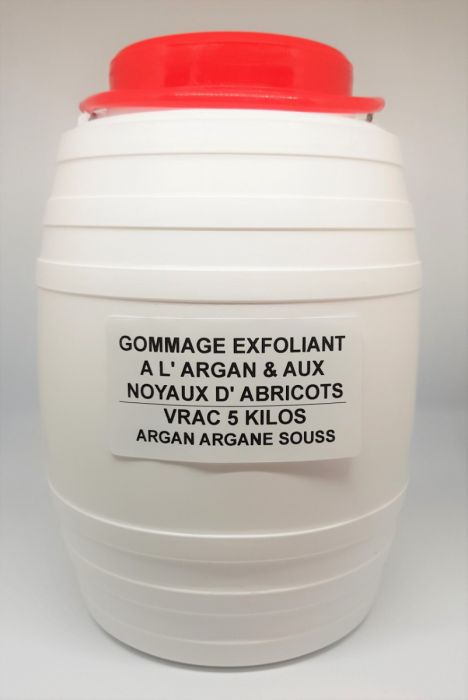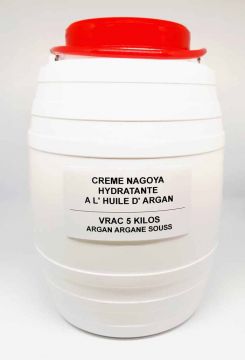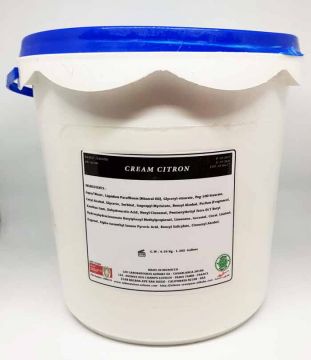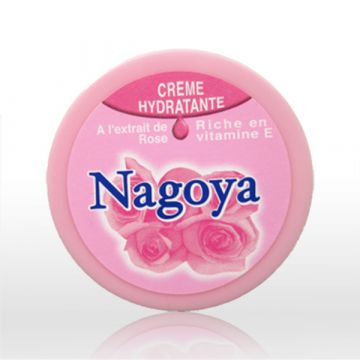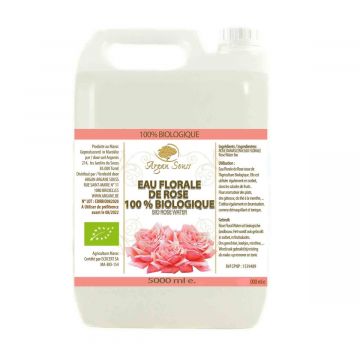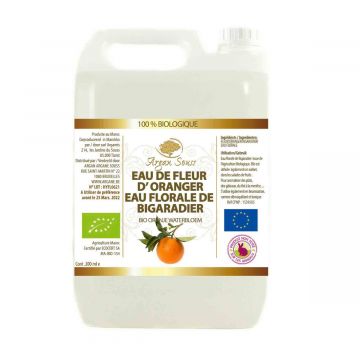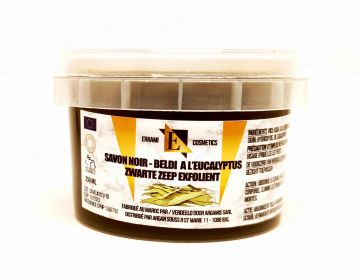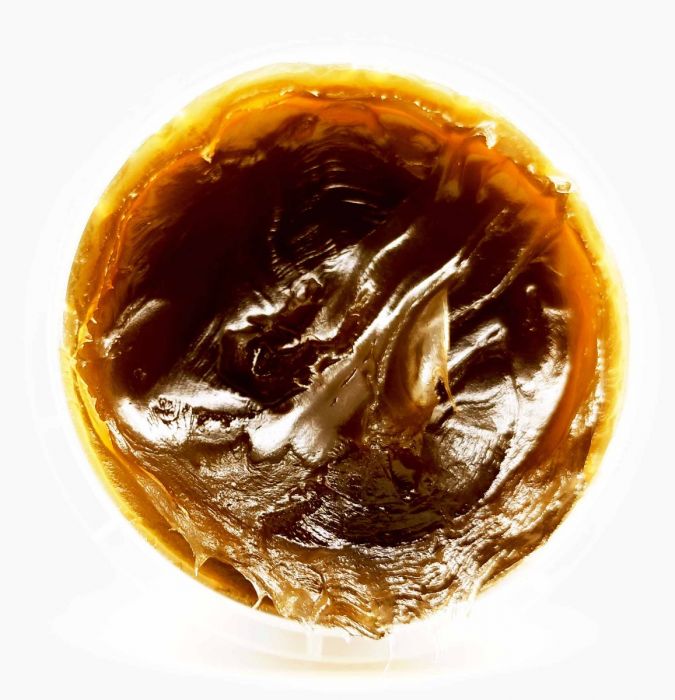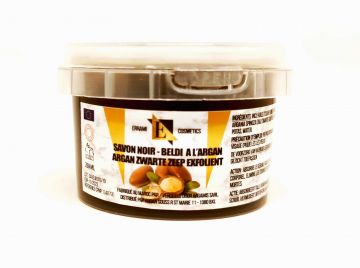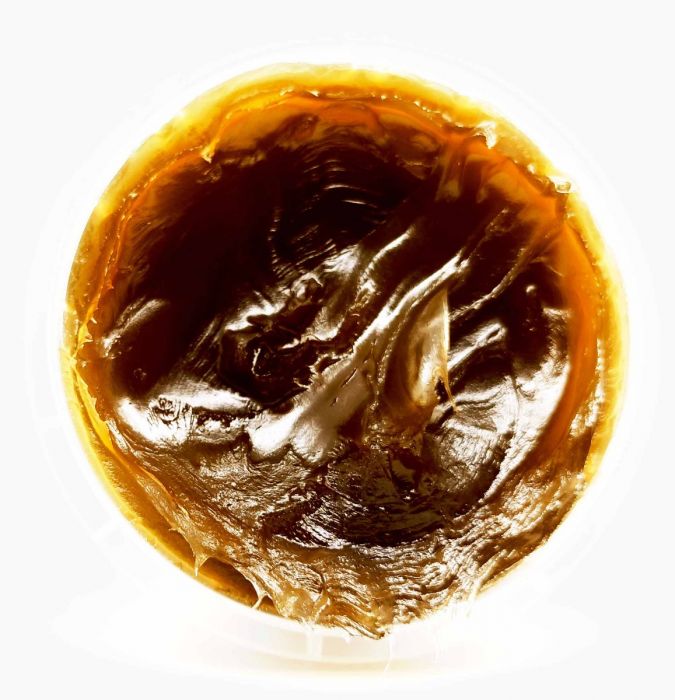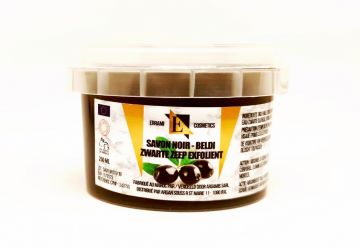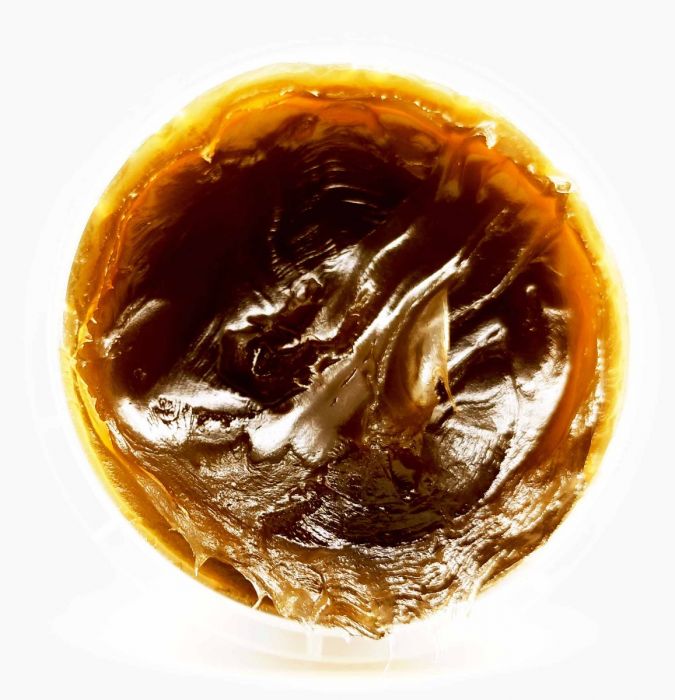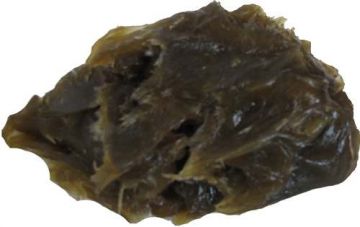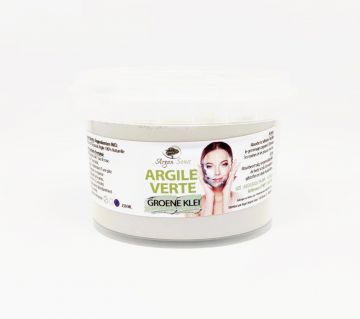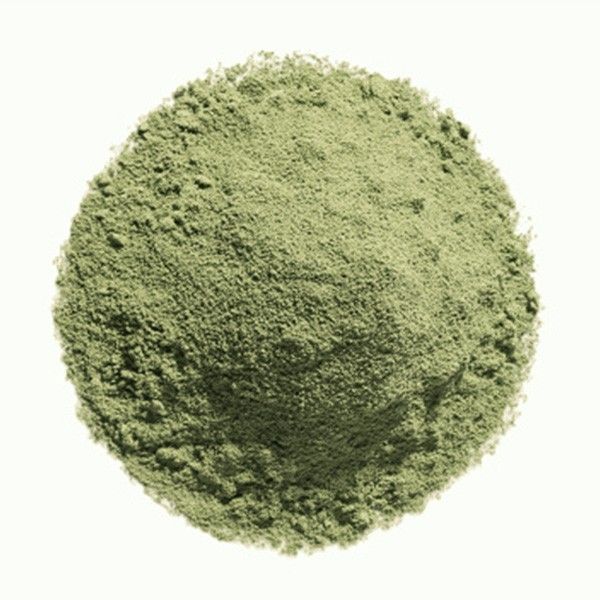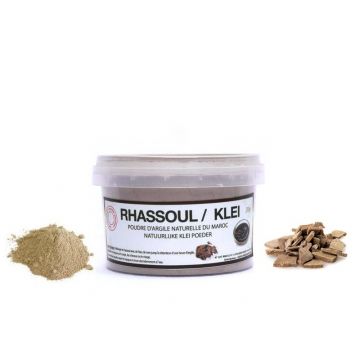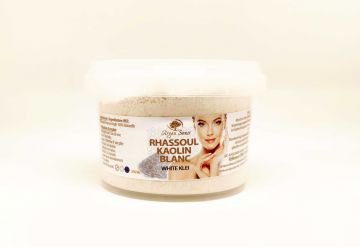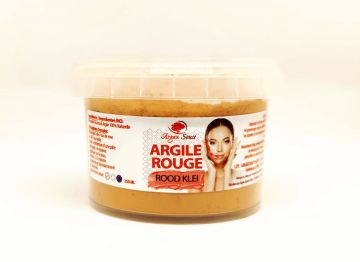Superfine Montmorillonite Green Clay 1000 Gr
SURFINE GREEN MONTMORILLONITE CLAY:
In poultice or clay bath, it relieves rheumatism, wounds and helps circulation in case of bruises. Widely used in cosmetics, in mask for oily skin and hair in particular, green clay is also recognized in care against wrinkles.
Green powder, Mainly sold in pharmacies and cosmetics, these clays are those with the best cationic exchange capacity. Often enriched with Essential Oils, they are by far the most active of all the clays available on the market. Used in catalism or to make facial masks.
It is not for nothing that green clay is the best known of all clays. Illite Montmorillonite green clay is the most absorbent and adsorbent clay.
Composed of hydrated aluminum silicates and rich in minerals, it is its particular structure that gives it its much sought-after properties. Green clay is the major clay to be used in clay therapy.
In poultice or clay bath, it relieves rheumatism, wounds and helps circulation in case of bruises. Widely used in cosmetics, in mask for oily skin and hair in particular, green clay is also recognized in care against wrinkles.
INCI name: Illite, Kaolinite, Montmorillonite.
Origin: France.
CLAYS
WHAT DO YOU NEED TO KNOW?
The clays all come from the transformation of metamorphic or eruptive source rocks such as: granite, gneiss, trachyte.
We find :
- Either in situ transformation clays, i.e. the source rock has become "clay" over the millennia.
In this type of formation, the transformation is rarely complete, and the presence of free silica is frequently noted which, due to its abrasiveness, can be troublesome. This involves treatment by washing and separation by cycloning, this is the treatment that almost all Kaolins undergo.
- Either sedimentary clays which come from the erosion of previous clays and the transport of their constituents by runoff water. The lighter fractions are carried further than the heavier ones, which causes a natural purification, and as a result, the sedimentary clays are much less contaminated by silica.
MINERALOGY
Clays are all simple or complex silicates of Aluminum, Magnesium and Iron. They can be whatever their type of different colors.
Indeed, the coloring is due to the presence either of iron in ferrous or ferric form, or of other contaminants but in very small quantities, which in no way interferes with the physicochemical properties of the clay.
There are four main families:
TWO-LAYER SHEETS: KAOLINITES, HALLOYCITES.
In this class, the electron microscopy photographs show a "pile of plates" for Kaolin. In the case of Halloycite, these same plates rolled up on themselves like “Russian cigarettes” give a fibrous appearance.
PSEUDO-SHEETS (FIBROUS CLAYS) ATTAPULGITES, SEPIOLITES.
Electron microscopy shows intertwining fibers with the following dimensions:
2 to 5 µm (µm = micrometer = millionth of a meter) for attapulgite, and 5 to 10 µm for sepiolites.
THREE-LAYER SHEETS, WHICH COMPRISE TWO FAMILIES:
Glauconite illites (non-swelling because a fixed inter-reticular space) and Smectites (Montmorillonites and Beidelites) can be swelling because the space between the sheets is variable.
Under the electron microscope, these two families appear as stacks of trays, more or less tormented.
The identification of the different types of clays cannot be done precisely by a classic chemical analysis. Indeed, two clays having the same type of chemical analysis can be of completely different type (for example attapulgites and montmorillonites located on the same quarry at different heights in the stratigraphy can have exactly the same chemical analysis).
The only precise means of identification is therefore X-ray diffraction which, by measuring the space between two elementary sheets, makes it possible to classify the mineral with certainty.
| Model | ARGVER1KG |
|---|---|
| Brand | ARGAN ARGANE SOUSS |


